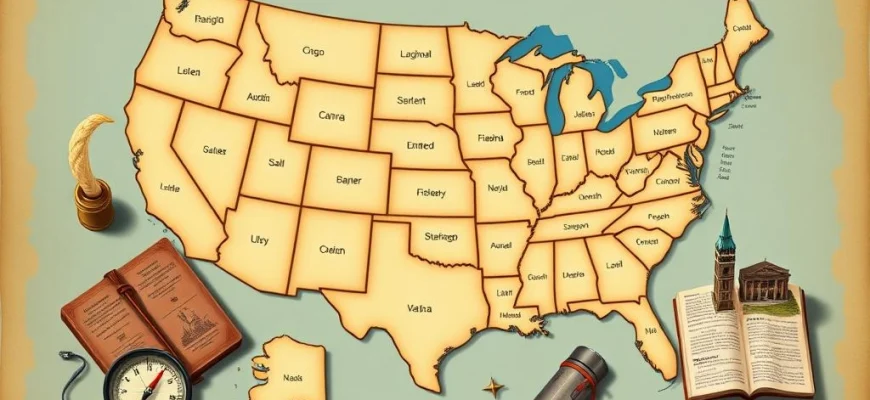If you enjoyed 'How the States Got Their Shapes' (2010), a fascinating exploration of U.S. geography and history, you'll love these 10 similar shows and movies. This article highlights engaging documentaries and series that delve into the quirks of borders, cultural influences, and the stories behind how places came to be. Whether you're a history buff or just curious about the world, these picks will keep you entertained and informed.
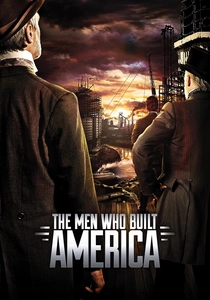
The Men Who Built America (2012)
Description: This series delves into the lives of industrialists and entrepreneurs who transformed America, much like how another show explores the geographical and political shaping of the country.
Fact: The series uses a mix of archival footage and dramatic reenactments. It highlights the rivalry and collaboration among titans like Rockefeller and Carnegie.
 Watch Now
Watch Now 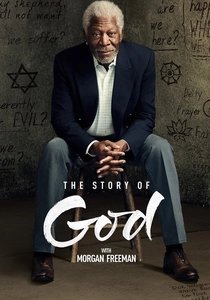
The Story of God with Morgan Freeman (2016)
Description: This series examines the concept of divinity across cultures, similar to how another show explores the diverse factors that shape geographical and political boundaries.
Fact: Morgan Freeman travels to sacred sites around the world. The series blends science, history, and personal narratives to explore faith.
 Watch Now
Watch Now 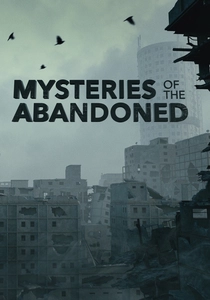
Mysteries of the Abandoned (2017)
Description: This show investigates abandoned structures and their historical significance, offering insights into how human endeavors shape landscapes, akin to a series about state formations.
Fact: Each episode focuses on different locations worldwide, from ghost towns to derelict factories. The show often uncovers surprising stories behind these forgotten places.
 Watch Now
Watch Now 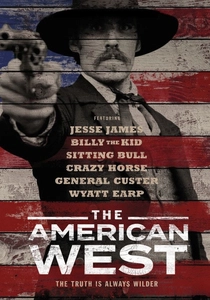
The American West (2016)
Description: This series delves into the expansion and transformation of the American frontier, much like how another show explores the formation and evolution of state boundaries.
Fact: The series features interviews with historians and dramatic reenactments. It covers iconic figures like Jesse James and Sitting Bull.
 Watch Now
Watch Now 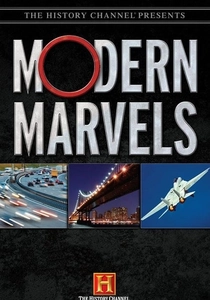
Modern Marvels (1993)
Description: This long-running series examines the engineering and technological feats that have shaped modern life, paralleling the exploration of how landscapes and borders were formed.
Fact: The show has covered over 800 topics, from skyscrapers to snack foods. It remains one of the History Channel's most popular series.
 Watch Now
Watch Now 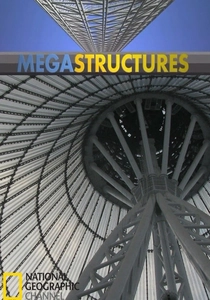
MegaStructures (2004)
Description: Focusing on colossal engineering projects, this series mirrors the fascination with how human ambition and ingenuity shape the physical world, similar to a show about state boundaries.
Fact: The series often features behind-the-scenes looks at construction processes. It highlights projects like the Burj Khalifa and the Panama Canal.
 Watch Now
Watch Now 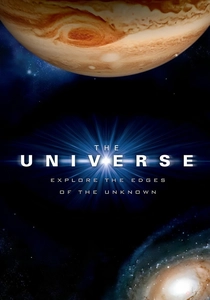
The Universe (2007)
Description: While focusing on space, this series shares a similar educational approach, breaking down complex topics into engaging segments, much like a show about geographical history.
Fact: The series uses cutting-edge CGI to visualize cosmic phenomena. It covers everything from the Big Bang to the potential end of the universe.
 Watch Now
Watch Now 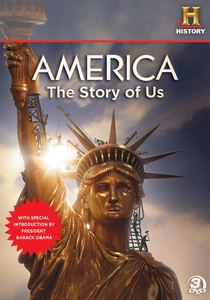
America: The Story of Us (2010)
Description: This documentary series explores the history of the United States, focusing on key events and figures that shaped the nation, similar to how another series examines the formation of states.
Fact: The series features dramatic reenactments and CGI animations to bring historical events to life. It was produced by the History Channel and received high ratings for its engaging storytelling.
 Watch Now
Watch Now 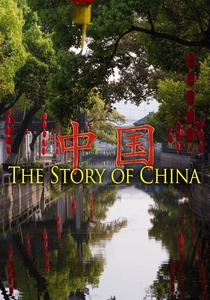
The Story of China (2016)
Description: This documentary explores the rich history and cultural evolution of China, offering a deep dive into how a nation's identity is formed, much like a series about state formations.
Fact: Hosted by historian Michael Wood, the series combines travelogue with historical analysis. It covers 4,000 years of Chinese history.
 Watch Now
Watch Now 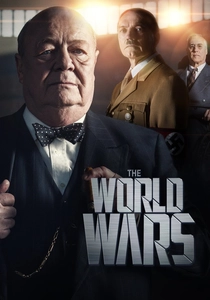
The World Wars (2014)
Description: This miniseries chronicles the global conflicts that reshaped nations and borders, aligning with the theme of how historical events influence geographical and political landscapes.
Fact: The series uses a mix of archival footage and dramatic reenactments. It focuses on the interconnectedness of the two World Wars.
 Watch Now
Watch Now 
